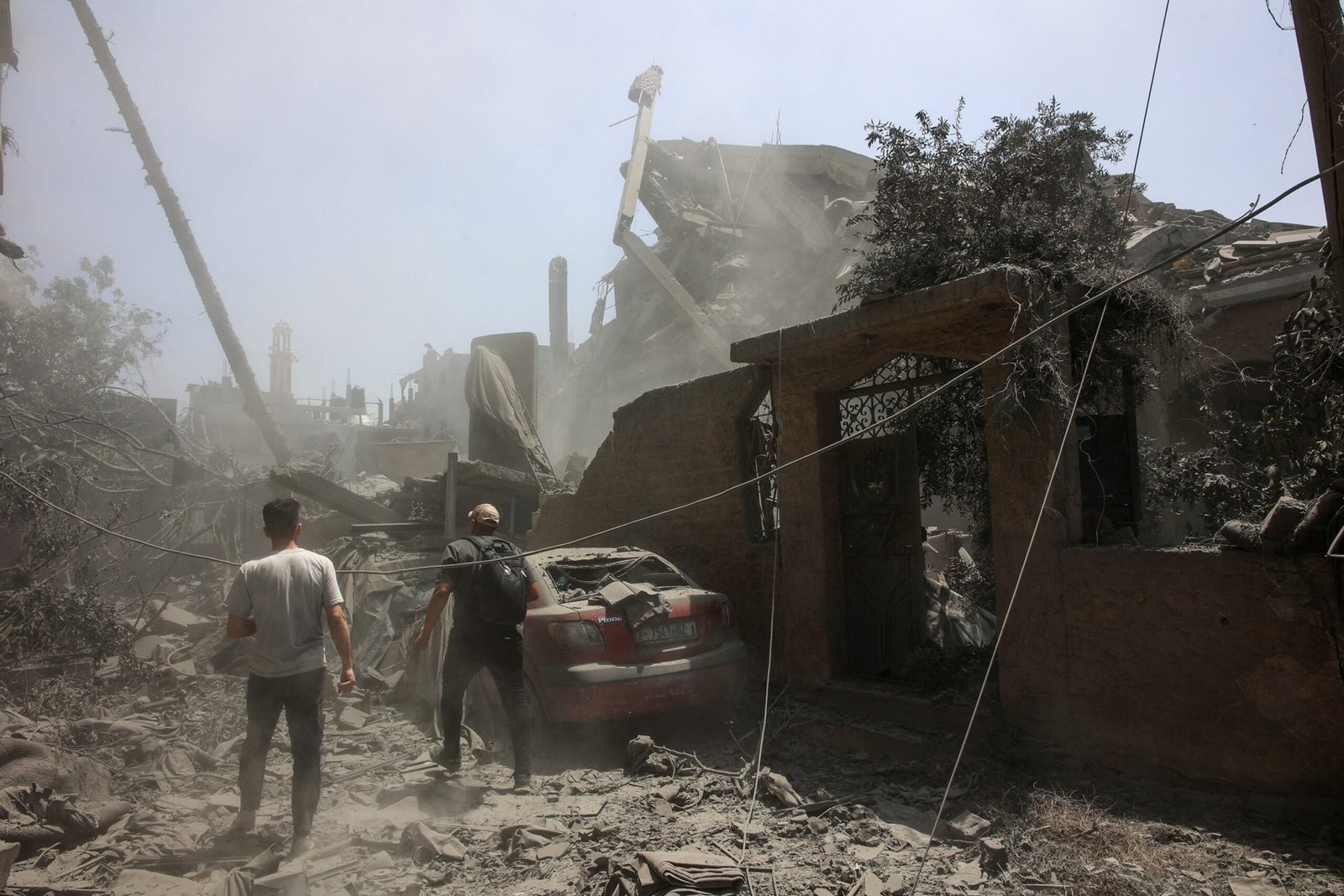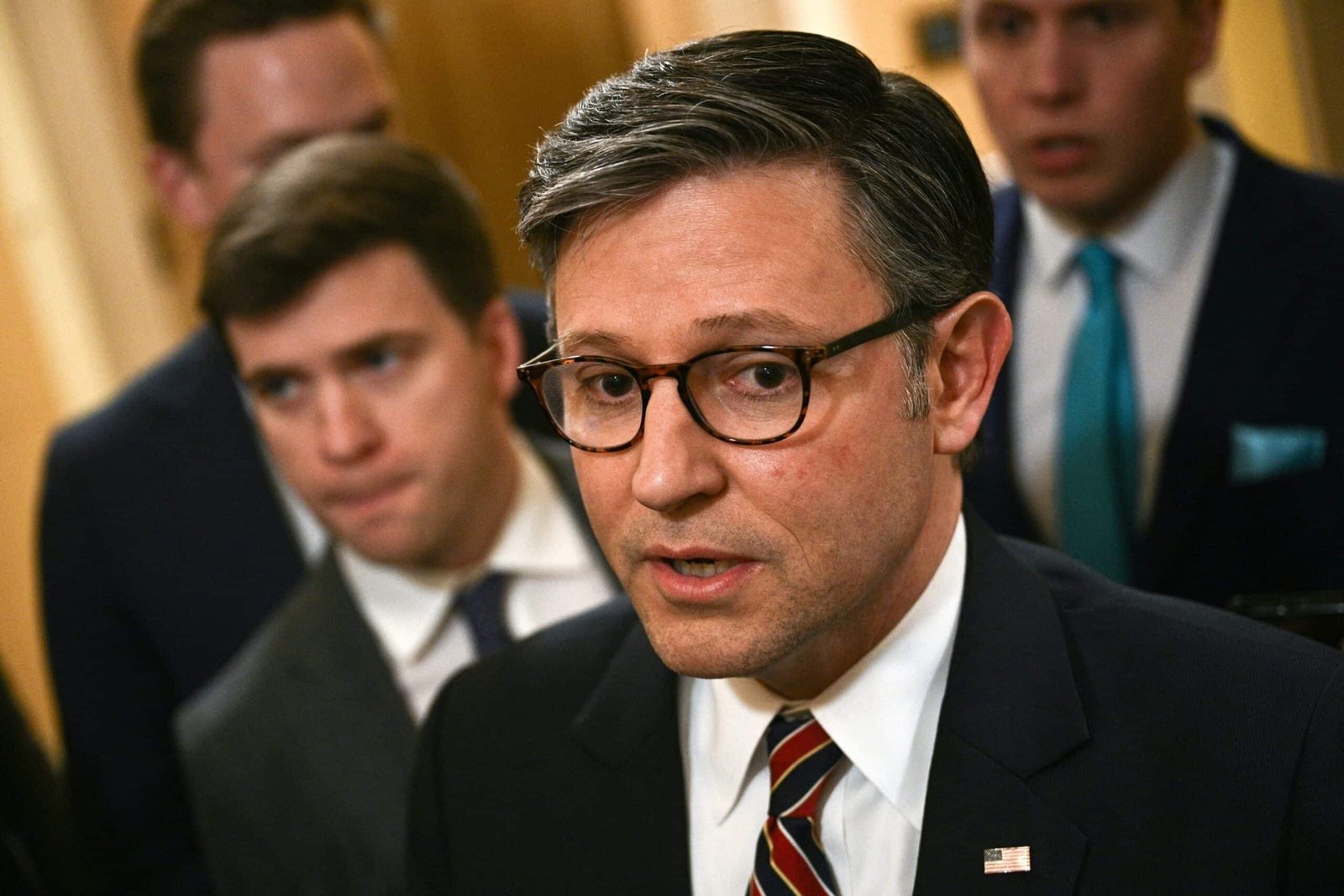Hamas said it was ‘responded positively’ for a temporary ceasefire proposal with Israel

Hamas announced that he had sent a “positive response” to the mediators about the ceasefire proposal and the current hostage exchange on the table.
How the proposal will be implemented will require another negotiation round, according to the group.

Palestine examined the debris after the Israeli attack on the Al-Qattaa family’s home in Al-Tuffah in the city of Gaza on May 31, 2025.
Omar Al-Qattaa/AFP via Getty Images
“This movement is fully ready to immediately negotiate the mechanism to apply this framework,” Hamas said.
The agreement came more than 20 months in conflict – and more than three months after the previous agreement ended.
Israel expects a response from Hamas about the ceasefire and hostage agreement on Friday, an Israeli official told ABC News.
Israeli Prime Minister’s Office Netanyahu discussed Hamas’s response to the ceasefire proposal on the table, saying in a statement, “the changes requested by Hamas to make” for that “cannot be accepted by Israel.”
Even so, the office said the negotiating team would leave on Sunday to Doha, Qatar, to continue negotiating proposals.
“After assessing the situation, Prime Minister Benjamin Netanyahu instructed to receive an invitation for a proximity conversation and to continue negotiations to restore our hostages based on Qatar proposals approved by Israel,” the office said.
Earlier this week, a Hamas advisor said the group was still studying the proposal.
“Hamas is open to every proposal that will end the Israeli military campaign in Gaza, but Hamas wants a guarantee that Israel will be committed to moving to the second phase of the ceasefire agreement after the first phase, which will last for 60 days,” said Taher Al-Nounou, media advisor to the Head of Hamas.
What’s in the agreement?
The temporary ceasefire agreement revised on the table is now related to the release of more hostages by Hamas, according to two Israeli sources who are familiar with this problem.
The agreement called for the liberation of 10 hostages of life from Hamas captivity and the return of 15 hostage bodies held by terrorist groups.
It is believed that there are about 20 hostages of life that are still being held by Hamas.
According to the provisions of the proposal, the release of 10 hostages of life and 15 bodies will stagger during the period of 60 days of ceasefire temporary applies.
Under the provisions of the agreement, Hamas will not hold a ceremony for hostage broadcasts, as they did during the ceasefire six weeks earlier.
Discussion of permanent ceasefire will last for a period of 60 days.
Even after Hamas responded to the proposal, there were still some problems that still had to be handled, one of the sources said – including the number of Palestinian prisoners to be released in return for hostages.
In many rounds of negotiations, Hamas has been looking for a guaranteed ending for war in Gaza – but it remains the main point in this new negotiation and something that Israeli Prime Minister Benjamin Netanyahu does not agree to move.

President Donald Trump met with Israeli Prime Minister Benjamin Netanyahu at the oval office at the White House in Washington, April 7, 2025.
Kevin Mohatt/Reuters, File
President Donald Trump announced earlier this week that Israel had approved the requirements for a 60 -day ceasefire in Gaza.
Trump said representatives from Qatar and Egypt would give a final proposal to Hamas, who came after a “long and productive meeting” between Trump officials and Israeli officials in Washington, DC on Tuesday.
“I hope, for the good of the Middle East, that Hamas takes this agreement, because it will not be better – it will only be worse,” Trump said in a post on the social platform of truth.
The latest agreement came after months of negotiations on the ceasefire led in part by the Middle Eastern messenger US Steve Witkoff.
In May, the White House submitted a proposal approved by Israel for a ceasefire 60 days to Hamas, but the agreement was stopped.
At that time, Trump urged Israel and Hamas to make an agreement in front and during his first foreign policy journey the second term of office to the Middle East. In the end, the agreement was not achieved, and Israeli Prime Minister Benjamin Netanyahu increased the attack on Gaza after Trump left the region
In January, a ceasefire while six weeks began to take effect, resulting in the release of dozens of prisoners held by Hamas and the exchange of Palestinian prisoners.
However, the ceasefire ended on March 18 when Israel continued military operations against Hamas in Gaza, with Israel quoting the failure to release the remaining hostages and said the military targeted Hamas terrorists which was a threat to Israeli troops and citizens.
The Israeli government also imposed a blockade of humanitarian assistance that entered the Gaza Strip on March 2 which lasted for 11 weeks and ended on May 19.
The Israeli-Hamas war has taken a bleak human victim. Since the war began, nearly 56,000 people in Gaza have been killed and more than 131,000 have been injured, according to the Ministry of Health managed by Hamas Gaza.
The war began on October 7, 2023, when 1,200 people were killed in a terrorist attack led by Hamas in South Israel. Hundreds of others were held hostage. At least 20 hostages of life are believed to remain in Hamas captivity.
-ABC News’ Savir Dana, Jordana Miller, Diaa Ostaz and Nasser Atta contributed to this report.






